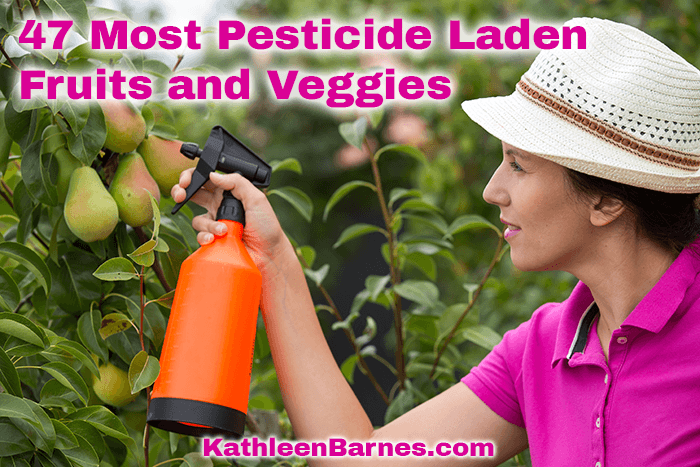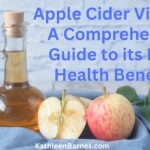You kind of want to reach out and slap that bottle out of her hand, huh? In these troubled times, many of us can’t afford to go totally organic. So, if you’re going part-way, how do you get the most bang for your food buck?
The list below will help you make some decisions. Starting with pesticide-laden peaches, apples and sweet green peppers down to the low pesticide load pineapples, avocados and onions, this will give you some helpful tools to make better choices in the produce aisle.
Pesticide Load in Fruits and Vegetables
- (worst) Peach
- Apple
- Sweet Bell Pepper
- Celery
- Nectarine
- Strawberries
- Cherries
- Kale
- Lettuce
- Grapes-Imported
- Carrot
- Pear
- Collard Green
- Spinach
- Potato
- Green Beans
- Summer Squash
- Pepper
- Cucumber
- Raspberries
- Grapes-Domestic
- Plum
- Orange
- Cauliflower
- Tangerine
- Mushrooms
- Banana
- Winter Squash
- Cantalope
- Cranberries
- Honeydew Melon
- Grapefruit
- Sweet Potato
- Tomato
- Broccoli
- Watermelon
- Papaya
- Eggplant
- Cabbage
- Kiwi
- Sweet Peas-Frozen
- Asparagus
- Mango
- Pineapple
- Sweet Corn-Frozen
- Avocado
- (best) Onion
Source: Pollan, Michael. The Omnivore’s Dilemma (Penguin Books 2008)
I have to add a personal note here: I know coffee is technically a vegetable, certainly it is a staple of life for many of us. However, coffee is not included on the above list.
Coffee is one of the most pesticide intensive crops in the world. If you’re a coffee lover like I am, consider lowering your toxic load by buying organic coffee, better yet shade grown and fair traded to add to the eco-friendly perks. (Pun intended!)







